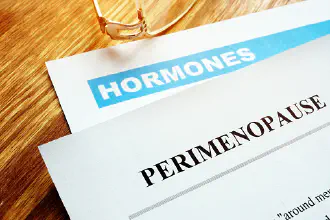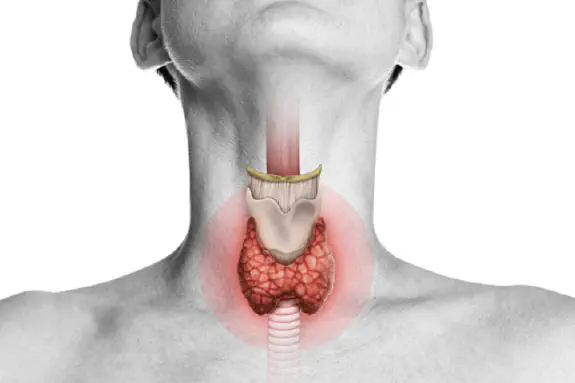
Women’s Clinics And Healthcare
Women’s health is an essential part of everyday living. All women need to ensure that they take care of their health and well-being. Visit a women’s clinic to find out all you need to know and receive expert advice about keeping in the best health possible. Stay In The Best Shape Whether it is by doing more exercise daily, learning how to deal with stress, or getting an eating plan that you can make a lifestyle, a women’s clinic has it all for you.










